In the realm of fitness, ‘eccentric, concentric, and isometric’ refers to the three vital muscle contraction types that shape your workout. Each plays a unique role in how your muscles perform and develop. In this blog, we offer a clear explanation of each contraction type, their distinct benefits, and practical advice on incorporating them into your routine for balanced, effective training. Dive in to refine your approach to exercise and harness the full potential of your muscle movements.
Key Takeaways
-
Eccentric, concentric, and isometric muscle contractions are crucial for different aspects of movement and strength. Eccentric contractions aid in flexibility and injury prevention, concentric contractions build muscle strength, and isometric contractions enhance stability and endurance.
-
Muscle fiber anatomy plays a central role in how muscles contract, with the interaction of myosin and actin within the sarcomeres powered by calcium ions released from the sarcoplasmic reticulum, driving the contraction process in response to nerve signals.
-
Misunderstandings about muscle contractions can lead to ineffective training; however, a balanced workout that includes eccentric (to rebuild stronger muscles), concentric (for functional daily strength), and isometric exercises (for stability) can produce optimal fitness results.
The Dynamics of Muscle Contractions

Muscle contractions are the invisible forces behind every move you make. From the momentous leap of a high jumper to the steady grip of a rock climber, the activation of tension-generating sites within muscle cells is paramount. It’s not just about flexing and relaxing; muscle contractions, which contribute to muscle tension, come in different forms, each with its unique function and benefit. Imagine these as the gears of a well-oiled machine, working in harmony to produce movement.
We will explore the roles of eccentric, concentric, and isometric muscle contractions in enhancing our physical prowess.
Eccentric Contraction: The Lengthening Phase
https://youtu.be/ChOl88kG-Ts?si=gvLuovwux2h7adZ-
Have you ever felt the burn while lowering weights or controlling your speed during a downhill jog? That’s the eccentric contraction at play, where muscle fibers elegantly lengthen while maintaining tension. It’s like the controlled descent of a roller coaster, providing a unique benefit to your muscles.
Embracing the lengthening phase goes beyond building muscle; it also enhances flexibility, prepares the body to handle unexpected forces, and reduces the risk of injury. So next time you’re easing down from a pull-up or resisting the pull of gravity, remember, you’re engaging in a vital aspect of your workout.
Concentric Contraction: The Shortening Phase
https://youtu.be/_3lUXnLuUs0?si=gpqYxi6qGgEvIKlo
Now, picture the exact opposite: the satisfying ascent of lifting a weight or pushing off the ground to jump. This is where concentric contraction shines, with muscles shortening and generating enough force to overcome resistance. It’s the bread and butter of building muscle strength and is central to almost every functional movement you perform.
Concentric muscle contractions have several benefits for the body, including:
-
Drawing the origin and insertion points closer together
-
Fueling movements that sculpt and tone the body
-
Providing the strength needed for everyday tasks, such as standing up from a chair
These contractions are your trusty companions for maintaining a strong and healthy body.
Isometric Contraction: Static Strength
https://youtu.be/xCAiBCGVedc?si=oRujjCadh_xtdzRo
Ever held a plank and felt your muscles quake while seemingly not moving at all? That’s isometric contraction for you, the unsung hero of muscle actions. It’s the art of generating force without a visible change in muscle length. These static holds build incredible stability and endurance, fortifying your body’s ability to sustain positions under load.
Isometric contractions are a testament to the idea that sometimes, staying still can be just as powerful as moving.
Anatomy of a Muscle Fiber
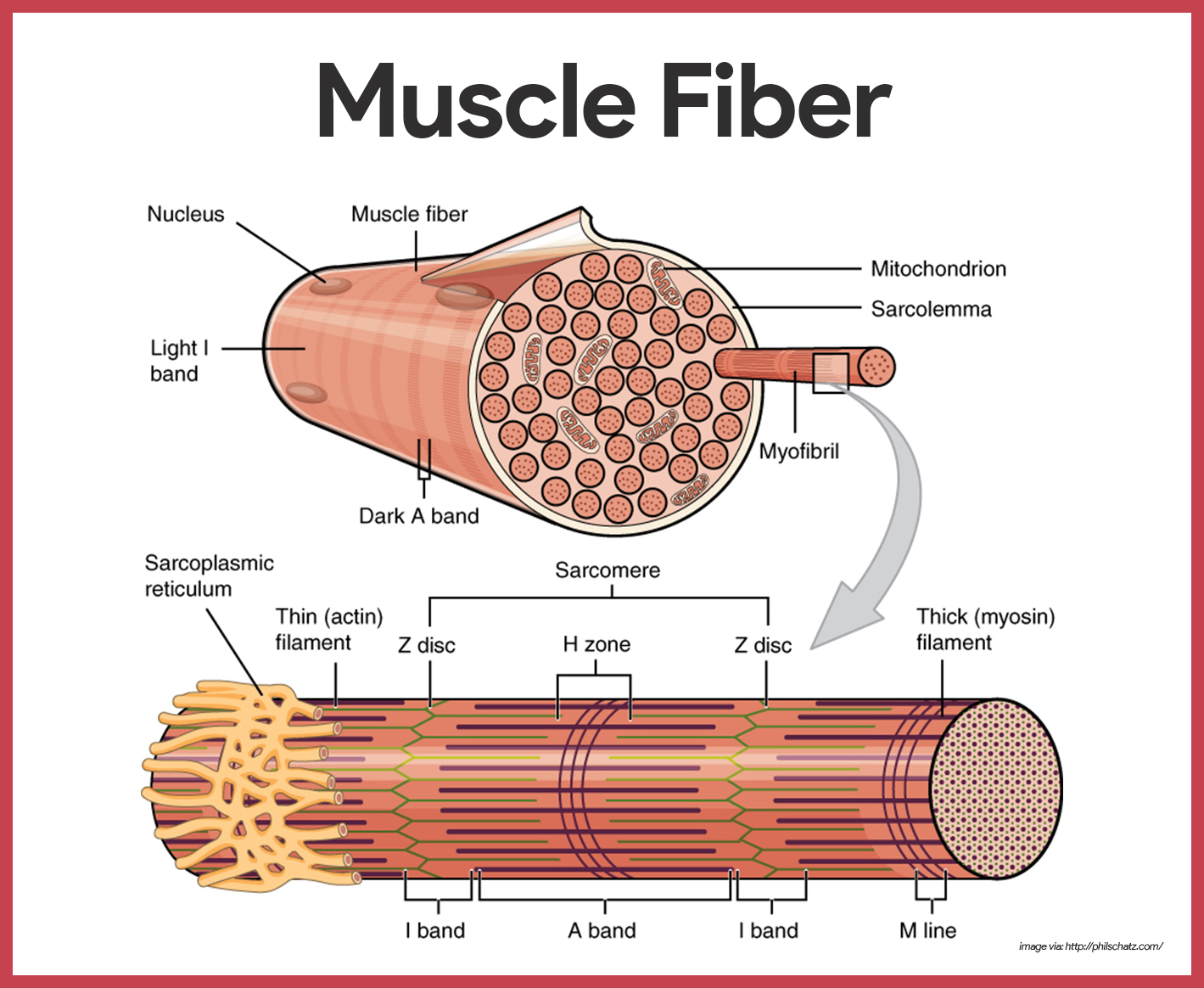
Source: Nurseslabs.com
Beyond the contractions themselves lies the microcosm of muscle fiber anatomy, a world teeming with activity down to the microscopic level. Muscle fibers, including those found in cardiac muscle, are the individual threads that make up the fabric of our muscles, intricately woven together and packed with myofibrils. These myofibrils are where the magic happens, filled with the sarcomeres that serve as the engines of muscle contractions.
Picture them as microscopic assembly lines, where the interaction of actin and myosin filaments translates into the forceful movements we see and feel.
The Role of Myosin and Actin
A deeper look into the sarcomere reveals the dynamic duo of muscle contraction: myosin and actin. These filaments play out a molecular tango, orchestrated by the cross-bridge cycle that powers the sliding filament theory at the heart of skeletal muscle contraction and muscle shortening in both skeletal and cardiac muscles.
When myosin heads perform their power stroke, pulling on the actin filaments, muscles contract with a force that can be felt in every biceps curl and every stride taken. It’s a delicate balance, finely tuned by regulatory proteins like tropomyosin, ensuring that our muscles only contract when we need them to.
The Importance of the Sarcoplasmic Reticulum
The sarcoplasmic reticulum may sound like something out of a sci-fi novel, but it’s a crucial component of muscle physiology. This specialized structure acts as a reservoir for calcium ions, the key to unlocking muscle contractions. When a muscle action is required, the sarcoplasmic reticulum releases calcium, triggering muscle fiber contraction.
Think of it as the control center, directing the ebb and flow of ions that dictate whether a muscle tenses or relaxes.
Excitation-Contraction Coupling
Linking the nerve signal to the muscle’s response is a phenomenon known as excitation-contraction coupling. It’s where the external command from the central nervous system transforms into the internal action of muscle fibers contracting, including smooth muscle contraction. This process begins at the neuromuscular junction, where a motor neuron’s signal first meets the muscle, sparking a cascade of events that ultimately result in:
-
the release of calcium ions from the sarcoplasmic reticulum
-
the binding of calcium ions to troponin
-
the shifting of tropomyosin, exposing the myosin-binding sites on actin
-
the formation of cross-bridges between actin and myosin filaments
-
the sliding of filaments and the contraction of the sarcomeres.
It’s a masterful display of interconnectivity, ensuring that every intentional movement is met with precision and power.
Benefits and Applications of Each Contraction Type

Each type of muscle contraction—eccentric, concentric, and isometric—brings its own set of benefits to the table. Understanding how to harness these benefits can transform the way you train, recover, and perform, while also promoting muscle relaxation after intense workouts.
Here are the benefits of each type of muscle contraction:
-
Eccentric contractions help in regaining strength post-injury
-
Concentric contractions build the muscle strength essential for daily life
-
Isometric contractions fortify muscle stability and endurance.
Choosing the correct muscle contraction type is key, whether the goal is enhancing athletic performance, building muscle mass, or rehabilitating after an injury.
Maximizing Muscle Mass with Eccentric Training
Eccentric training isn’t just about controlled lowering; it’s a powerhouse for muscle development. When you engage in eccentric exercises, you’re not only working against gravity but also inducing controlled damage to muscle fibers. This microtrauma is the cue for your body to rebuild stronger, leading to increased muscle mass and strength.
Furthermore, eccentric training serves as a key component in rehabilitation, aiding individuals with chronic conditions to improve their range of motion and regain strength. It’s a method that tests your limits and then pushes them, all in the name of growth and recovery.
Building Muscle Strength with Concentric Exercises
Concentric contractions are the backbone of muscle strength, driving the upward motion of a squat or the forceful push of a bench press. Far from being reserved for bodybuilders, these movements enhance joint and tendon strength, making them a cornerstone of functional fitness. They’re integral to maintaining an active lifestyle, supporting everything from lifting groceries to propelling yourself forward in a sprint.
Integrating concentric exercises into your routine not only sculpts muscles but also empowers you to confidently tackle life’s physical demands.
Enhancing Stability and Endurance with Isometric Exercises
Isometric exercises are the unsung heroes of the workout world, often overlooked in favor of more dynamic movements. However, these static contractions are pivotal for enhancing muscle stability and building endurance. They’re about more than just muscle; they’re about control, balance, and the ability to maintain a position under tension.
Adding isometric exercises to your fitness routines can lead to a stronger, more resilient body, prepared to withstand life’s physical challenges.
The Interplay Between Muscle Types and Contraction Varieties

Muscles are not one-size-fits-all; they come in different types, each with its unique properties and preferred modes of contraction. Fast twitch muscle fibers are your go-to for explosive power but tend to tire out quickly, while slow twitch fibers are the marathon runners of the muscle world, efficient and enduring.
Understanding the relationship between different muscle types and contraction varieties is critical for athletes, as it influences training strategies and performance outcomes. It’s about knowing your fibers, whether you’re sprinting to the finish line or cruising on a long bike ride.
Fast Twitch Muscles: Explosive and Fatigue-Prone
Fast twitch muscles are like the sports cars of the muscle world—quick to accelerate but with a limited fuel tank. These fibers are designed for short, intense bursts of activity, making them ideal for sprinters and weightlifters alike. However, their reliance on anaerobic metabolism means they don’t have the staying power for prolonged efforts.
Understanding how to train and utilize these fibers can be the difference between a personal best and a premature burnout.
Slow Twitch Muscles: Built for Endurance
In contrast, slow twitch muscles, which consist of smooth muscle cells, are the endurance athletes of the body, capable of going the distance with a steady supply of energy. Their characteristics include:
-
Smaller diameter
-
Rich supply of mitochondria
-
Less prone to fatigue
-
Sustained contractions over long periods
Whether you’re running a marathon or engaging in a long yoga session, these fibers are your steadfast allies, providing the endurance needed to see you through to the end.
Common Misconceptions About Muscle Contractions

Misconceptions about muscle contractions abound, often leading to confusion and ineffective training practices. It’s time to set the record straight:
-
Eccentric training is not a one-way ticket to injury
-
Concentric movements are not reserved for bulking up bodybuilders
-
Isometric exercises can indeed build formidable strength
By dispelling these myths, we can approach our workouts with a clear understanding of how each contraction type can be utilized for optimal benefit, regardless of your fitness goals.
"Eccentric Training Causes More Injuries"
Contrary to popular belief, eccentric training is not the villain in our injury narratives. When executed with proper technique and progression, it can bolster joint and tendon strength, making you less susceptible to injury, not more. It’s about understanding how to gradually introduce these contractions into your routine, allowing for adaptation and growth without overtaxing your muscles.
By respecting the power of eccentric training, you can reap its benefits safely and effectively.
"Concentric Movements Are Only for Bodybuilders"
The idea that concentric movements are solely for bodybuilders is a narrow view of their potential. These contractions play a pivotal role in functional strength, aiding in everyday activities such as:
-
lifting children
-
carrying groceries
-
pushing a heavy object
-
climbing stairs
-
getting up from a chair
Whether you’re aiming for a sculpted physique or simply want to move through life with more ease, concentric exercises have a place in everyone’s fitness routine.
"Isometric Training Doesn't Build Real Strength"
Isometric training is often underestimated, but its impact on muscle strength is undeniable. By increasing time under tension, these exercises stimulate muscle growth and fortify strength in ways that dynamic movements can’t match. Far from being a mere accessory, isometric contractions are a fundamental aspect of a well-rounded strength training program, offering benefits that extend beyond the gym.
How to Incorporate Different Contractions into Your Workout

Achieving a well-rounded fitness routine is like composing a symphony; it requires a harmonious blend of different elements. Incorporating isometric, eccentric, and concentric exercises into your workouts ensures that you’re not only targeting various muscle groups but also addressing the full spectrum of movement patterns. This diversity not only prevents overuse injuries but also paves the way for a more dynamic and adaptable physique.
The goal is to create a balanced blend of strength, flexibility, and endurance that aligns with your personal fitness objectives.
Sample Exercise Selection
Selecting appropriate exercises is vital to ensure a balanced workout that includes all types of muscle contractions. For example, raising and lowering a weight during a bicep curl involves both concentric and eccentric contractions, as the muscle shortens and lengthens with each repetition. By being intentional with your exercise selection, you can ensure that you’re not just going through the motions, but actively engaging in a workout that stimulates your muscles in diverse and beneficial ways. Some exercises that you can include in your workout routine are:
-
Squats
-
Deadlifts
-
Push-ups
-
Pull-ups
-
Lunges
-
Planks
-
Shoulder presses
-
Bicep curls
-
Tricep dips
-
Russian twists
Incorporating a variety of exercises that target different muscle groups and involve different types of contractions will help you achieve a well-rounded and effective workout.
Programming Considerations
In workout program design, incorporating different muscle contraction types is essential to prevent overuse injuries and promote balanced muscle development. Variety is key—not just in the exercises you choose but also in the contractions they employ. Incorporating eccentric, concentric, and isometric contractions within a single session can help achieve a more comprehensive and effective workout, as seen in the versatile bicep curl.
By strategically planning your program, you can maximize the benefits of each contraction type and keep your body guessing and growing.
Recovery and Progression
A successful fitness journey is as much about the rest as it is about the reps. Adequate recovery is crucial for muscles to repair and strengthen, particularly after the microtears caused by eccentric contractions. On the flip side, concentric contractions, while less taxing, can still lead to joint wear and tear if not paired with proper recovery.
A balanced workout routine, comprising isometric, eccentric, and concentric exercises, complemented by stretching and rest, can enhance the recovery process and facilitate steady progression.
Summary
As we reach the end of our exploration, it’s clear that understanding the nuances of muscle contractions—eccentric, concentric, and isometric—is not just for the scientifically curious but for anyone invested in their physical well-being. Embracing the unique benefits of each contraction type can lead to a more balanced, injury-resistant, and powerful physique. Recognizing the interplay between different muscle fibers and contraction varieties can further refine your training approach, allowing you to tailor your workouts to your specific goals. Remember, the key to unlocking your body’s potential lies in the symphony of contractions it’s capable of performing.
Frequently Asked Questions
How do muscle contractions contribute to different types of physical activity?
Muscle contractions play a crucial role in all types of physical activities. They help control movements, generate force for lifting and pushing, and provide stability and endurance for holding positions.
Are eccentric contractions only useful for athletes?
No, eccentric contractions are beneficial for everyone, not just athletes. They enhance flexibility, support injury prevention and rehabilitation, and improve muscle strength.
Can concentric exercises contribute to everyday functional strength?
Yes, concentric exercises can significantly contribute to everyday functional strength by building the muscle strength needed for daily activities like standing, walking, and carrying objects. So, they are essential for functional fitness.
Will incorporating isometric exercises into my workout improve my strength?
Yes, incorporating isometric exercises into your workout can improve your strength by increasing time under tension and stimulating muscle growth.
How can I ensure a balanced workout that includes all types of muscle contractions?
To ensure a balanced workout that includes all types of muscle contractions, incorporate exercises that involve eccentric, concentric, and isometric movements. This will help you target different muscle contractions effectively.
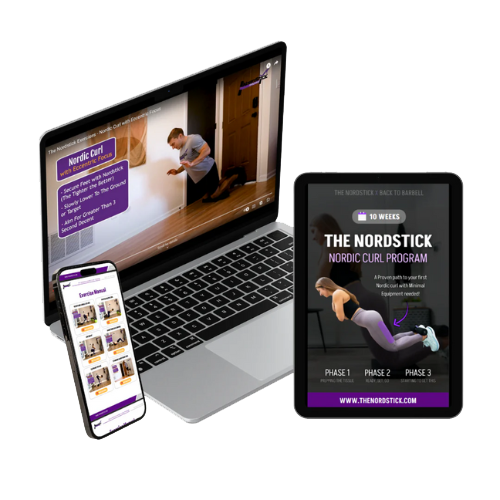


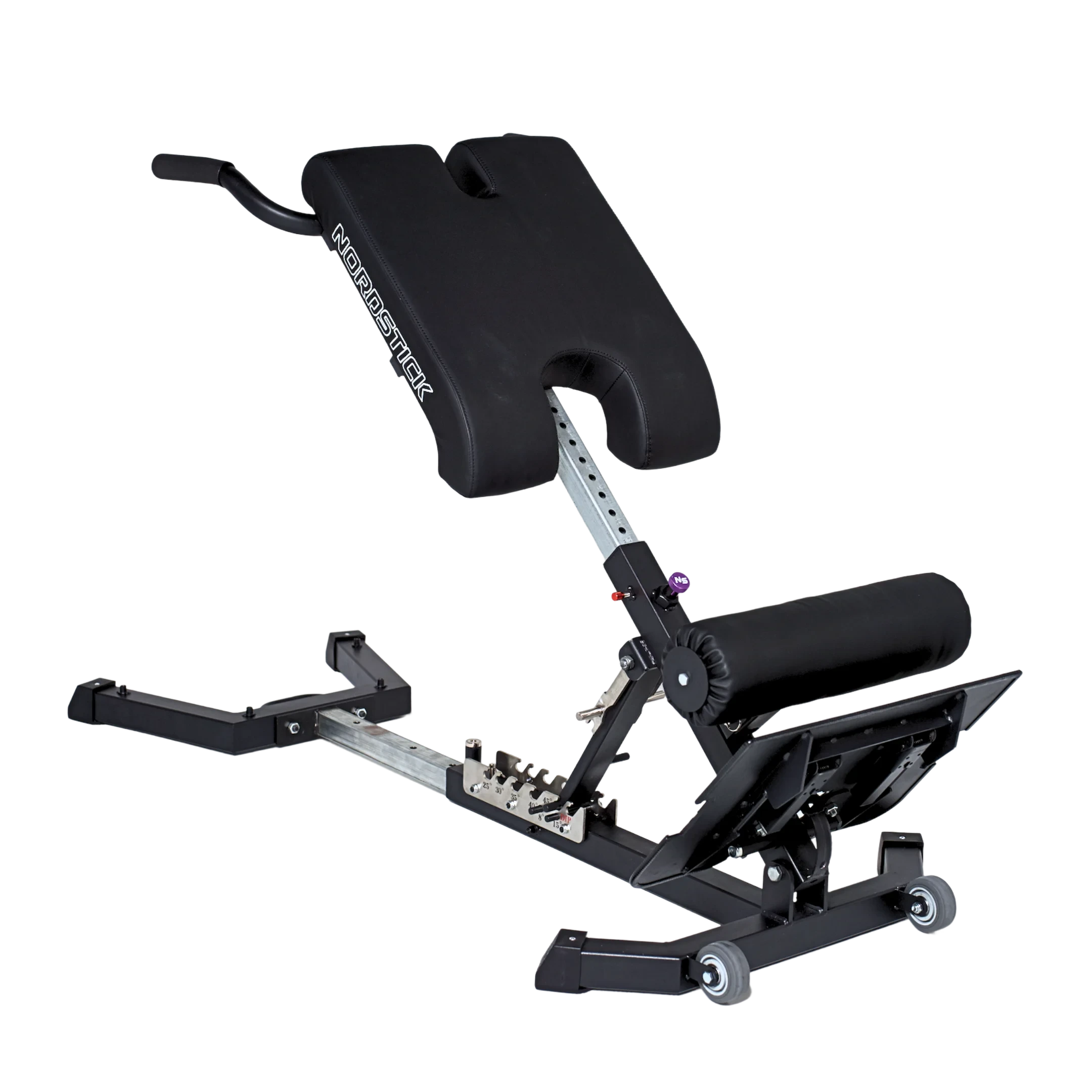
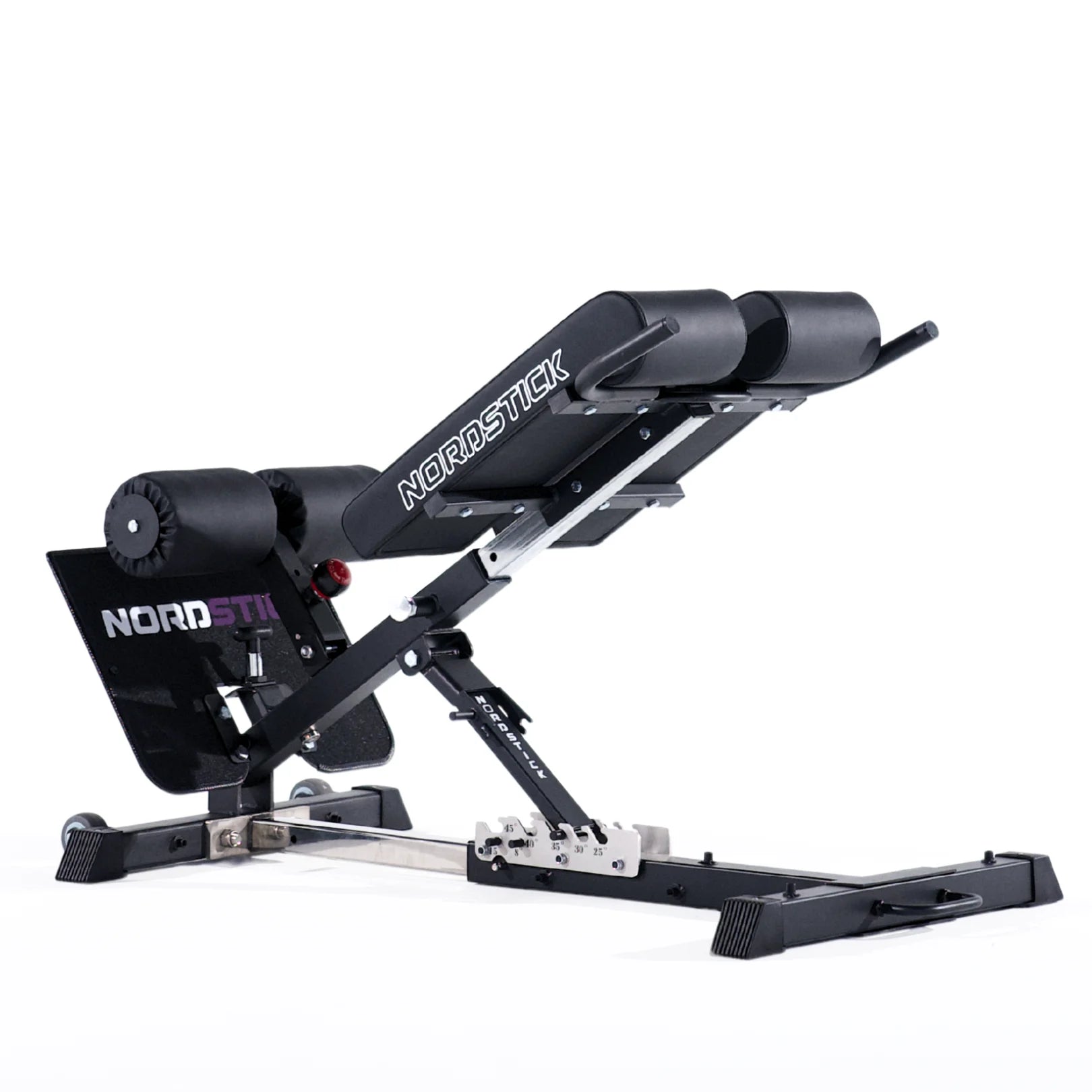





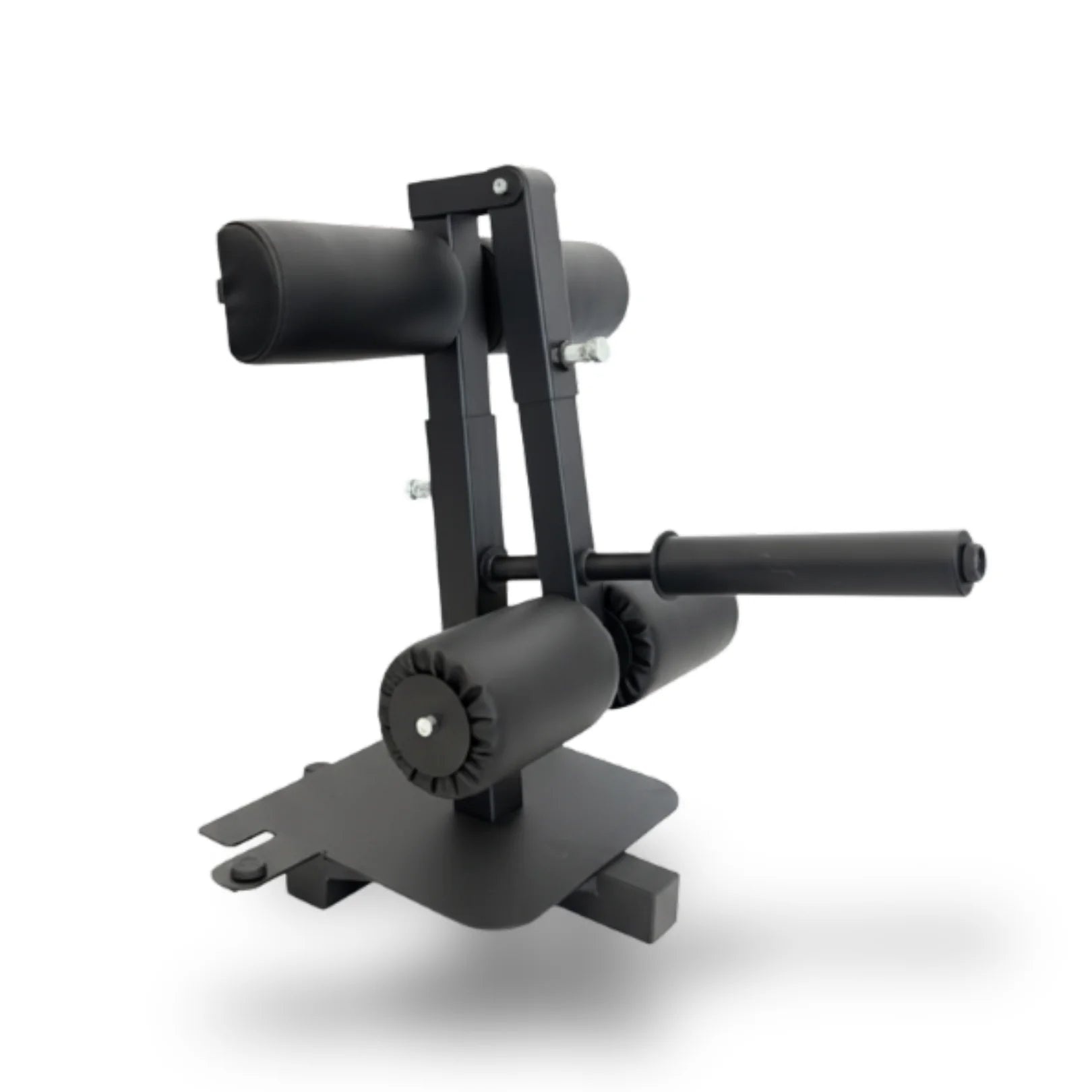

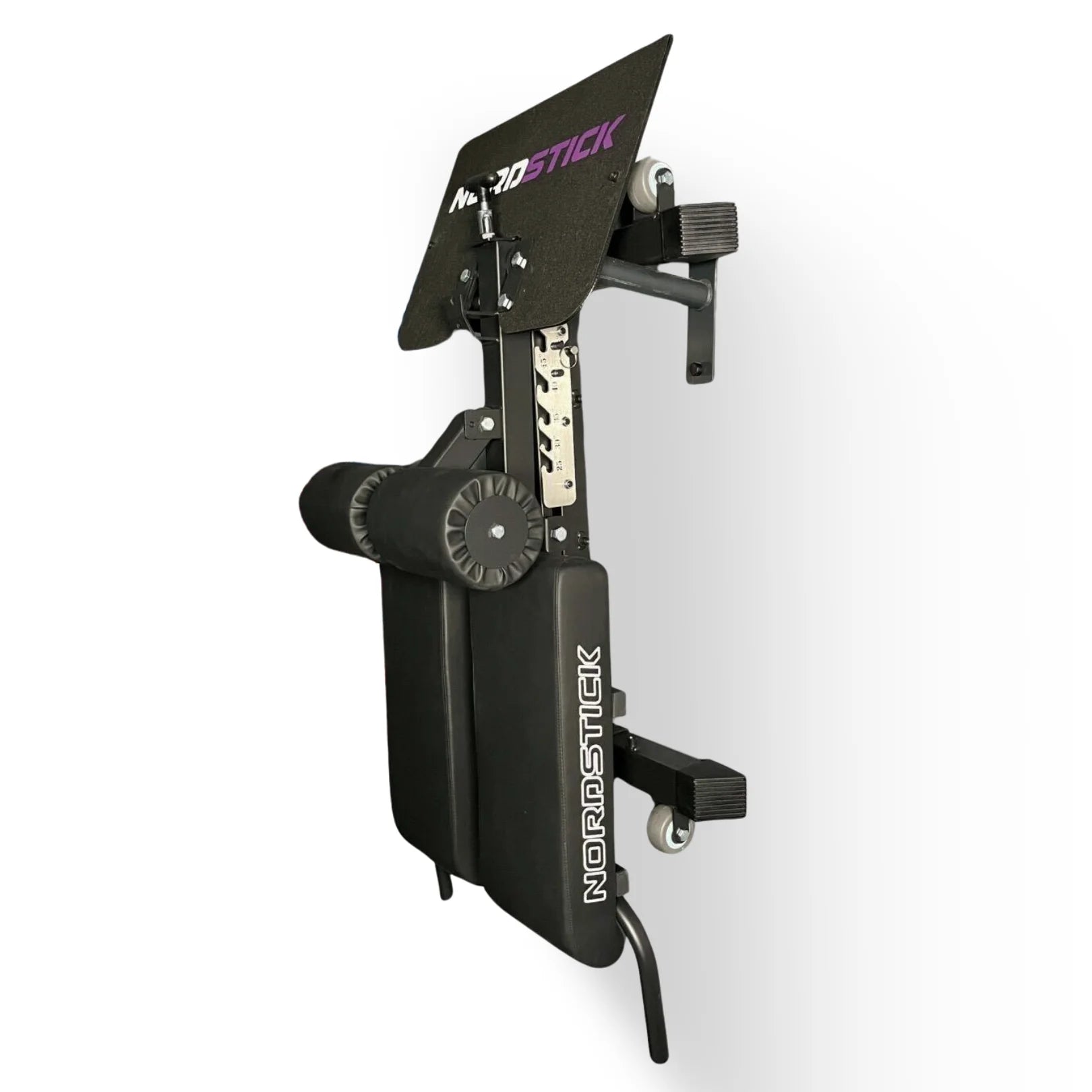
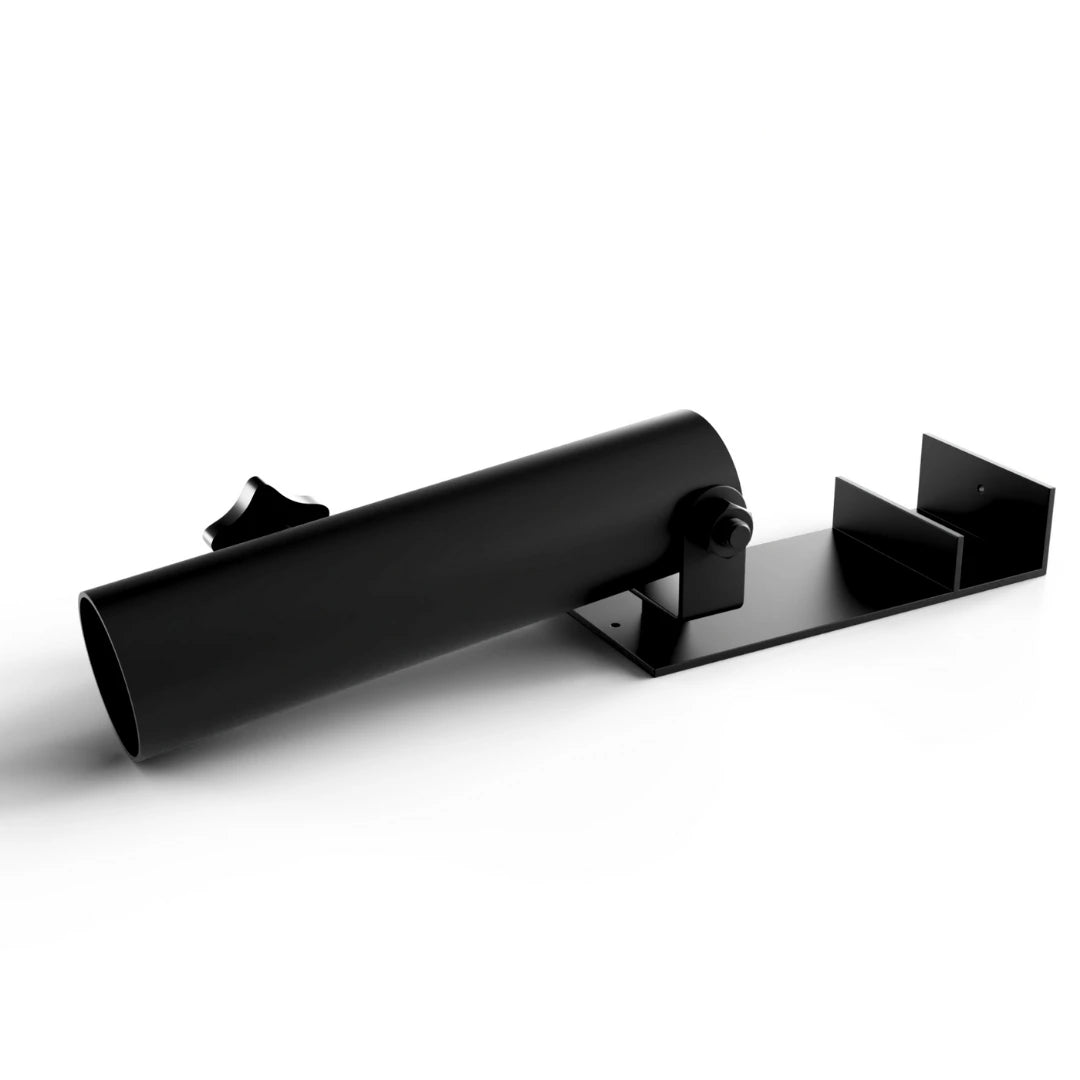
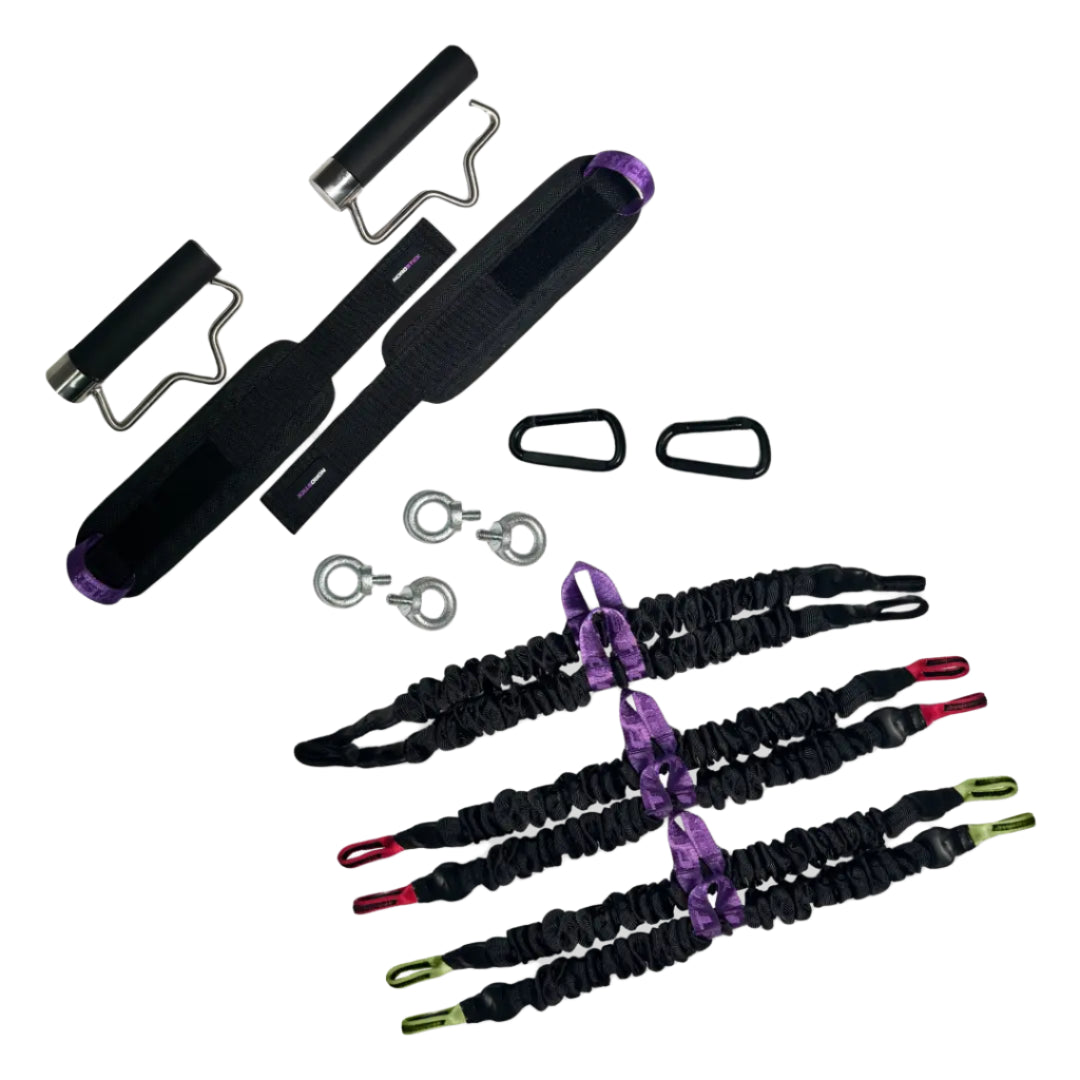
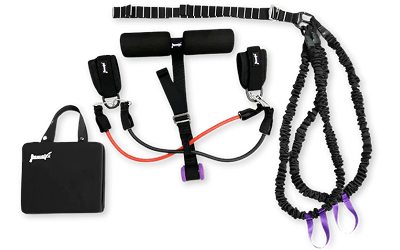
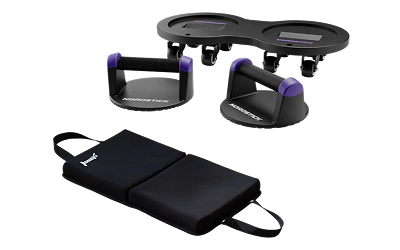
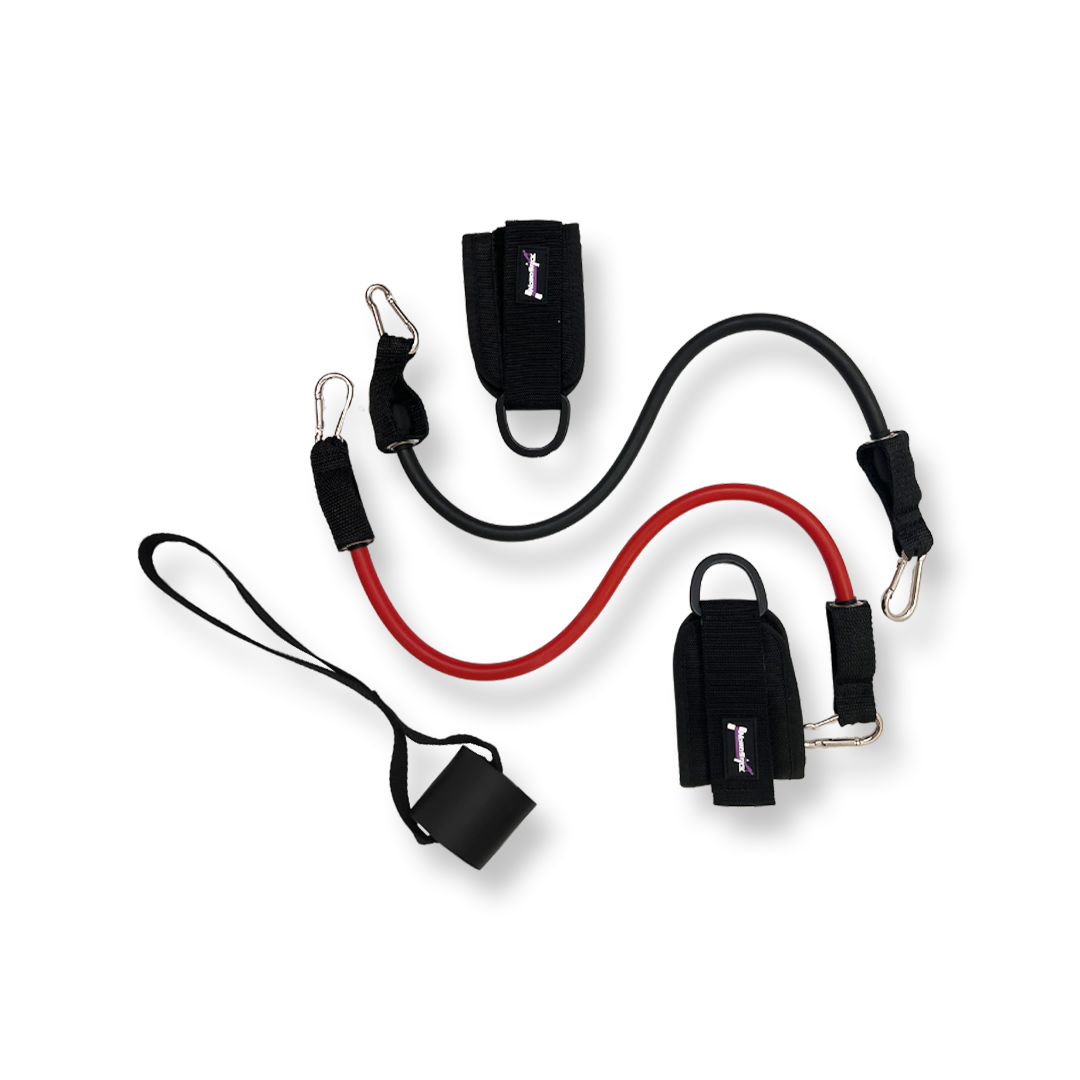
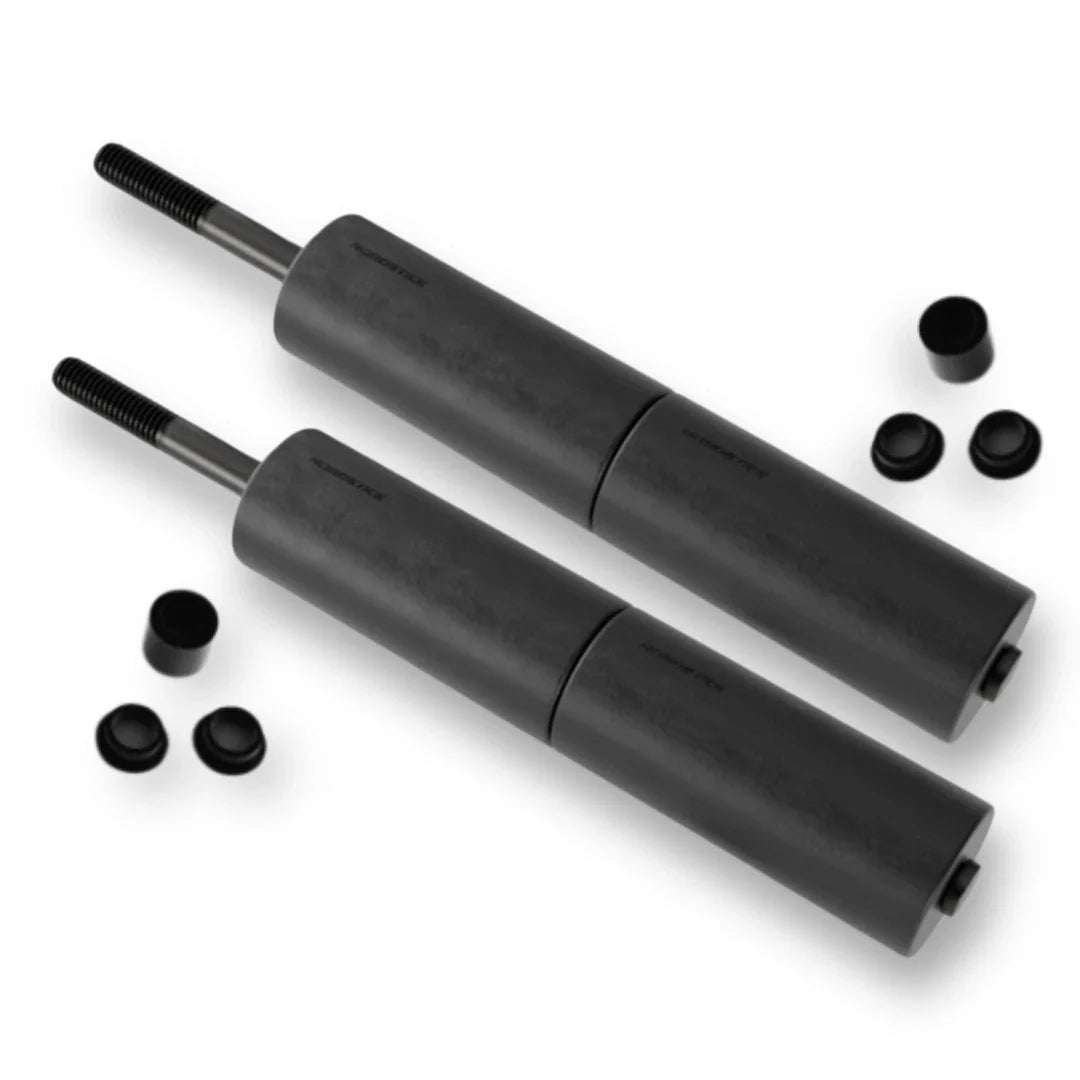
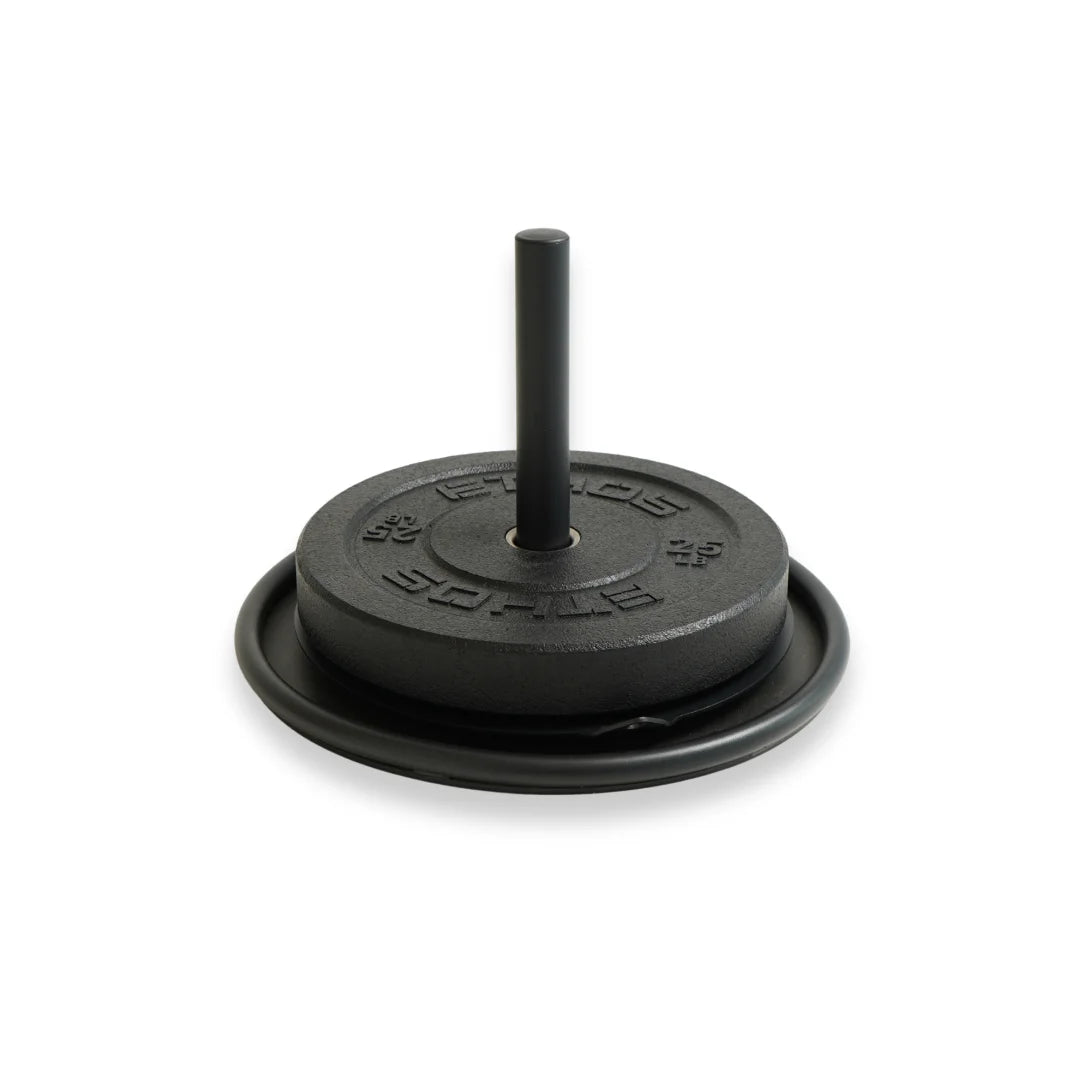
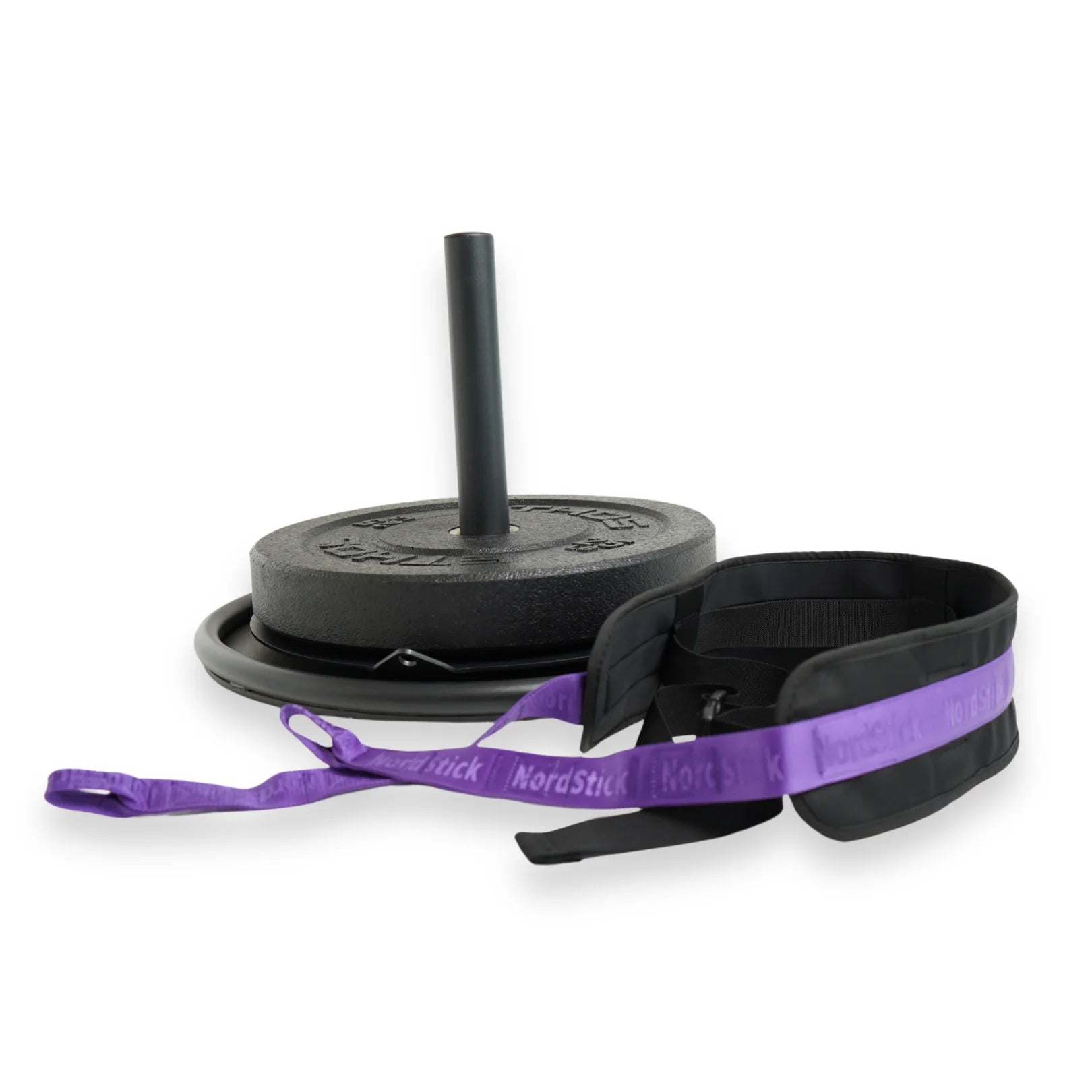


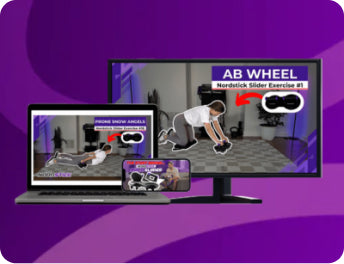





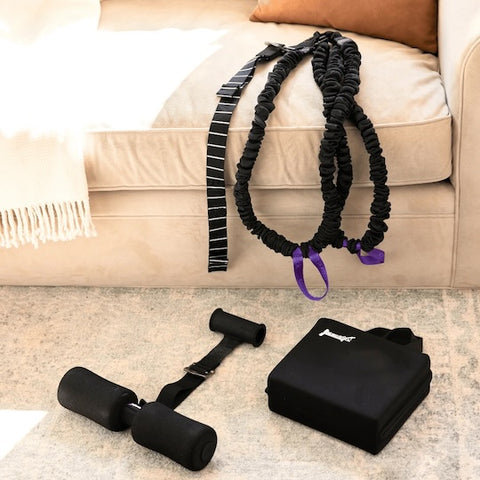


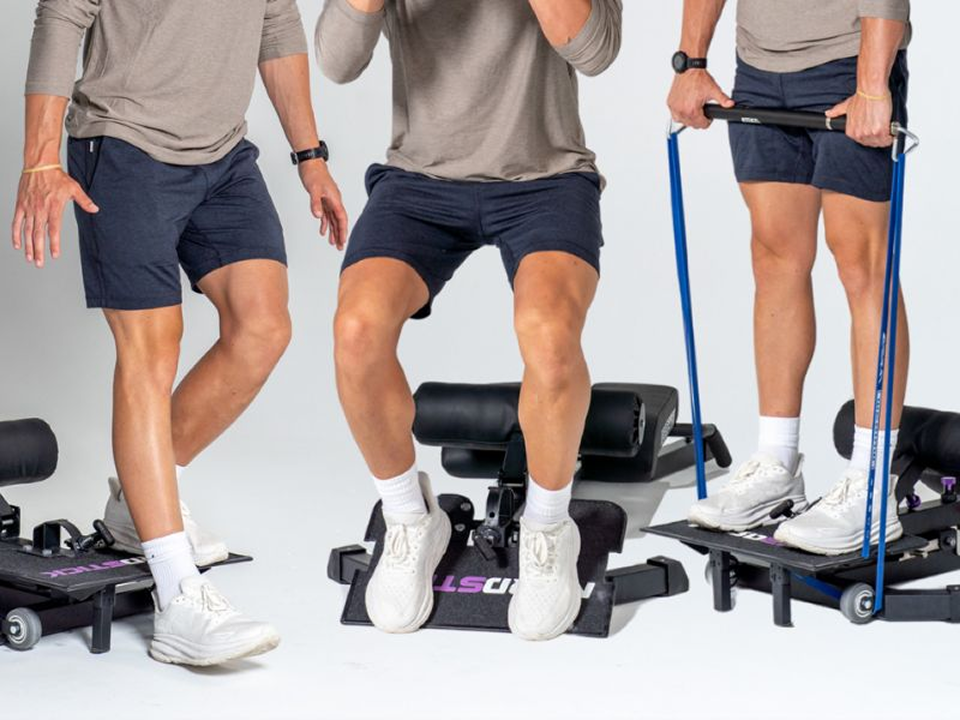


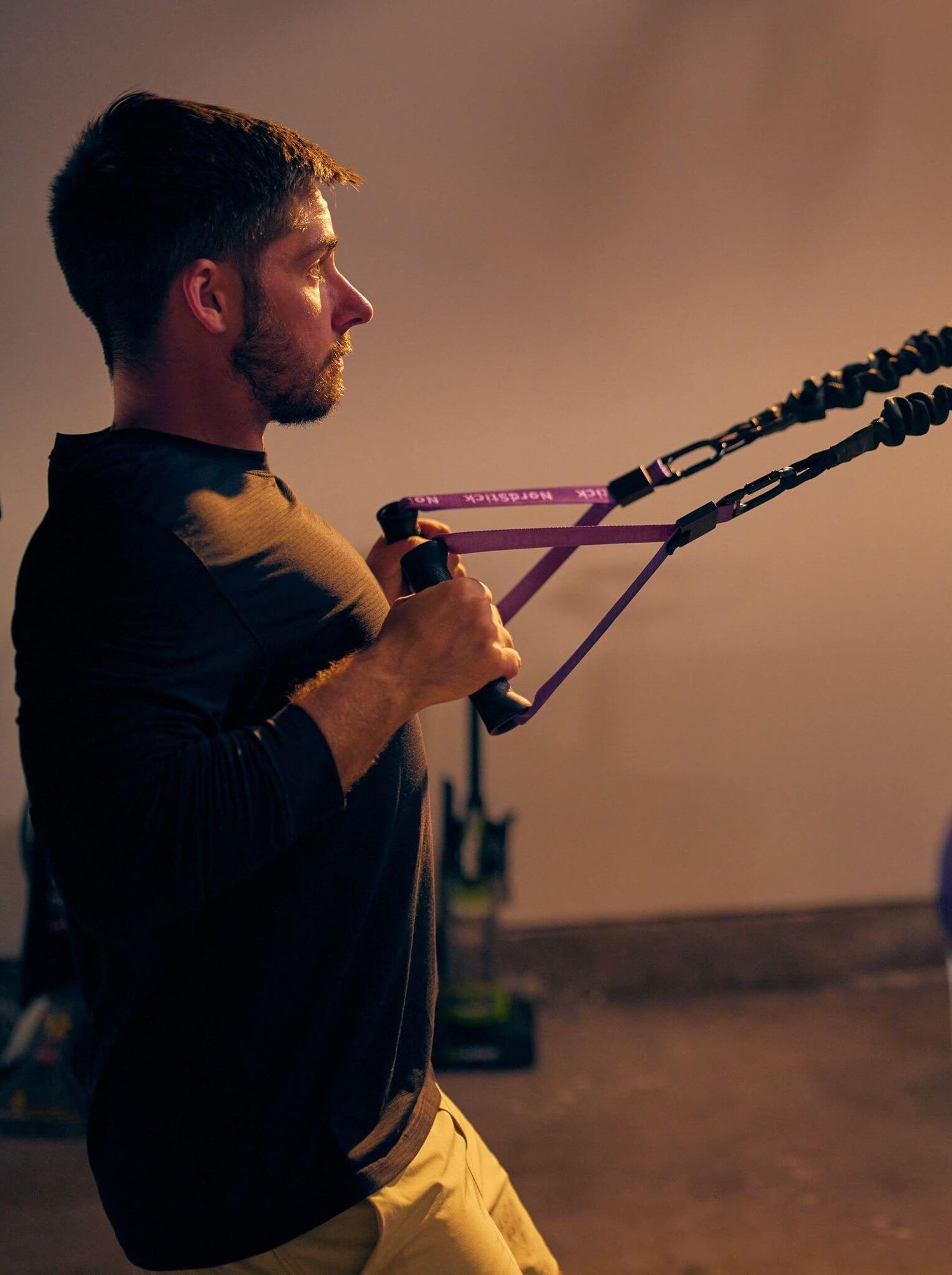

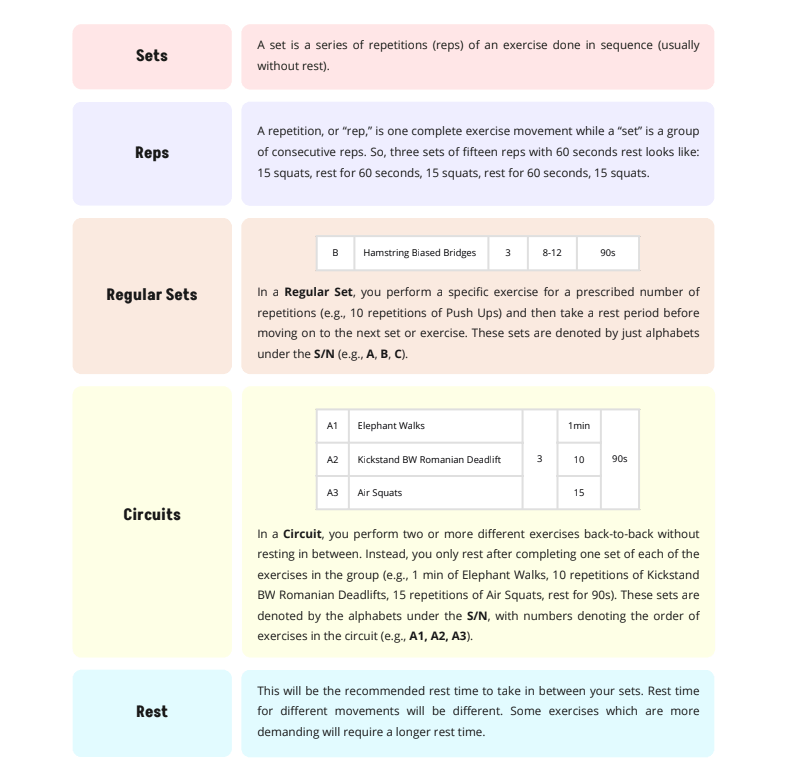



Leave a comment
This site is protected by hCaptcha and the hCaptcha Privacy Policy and Terms of Service apply.